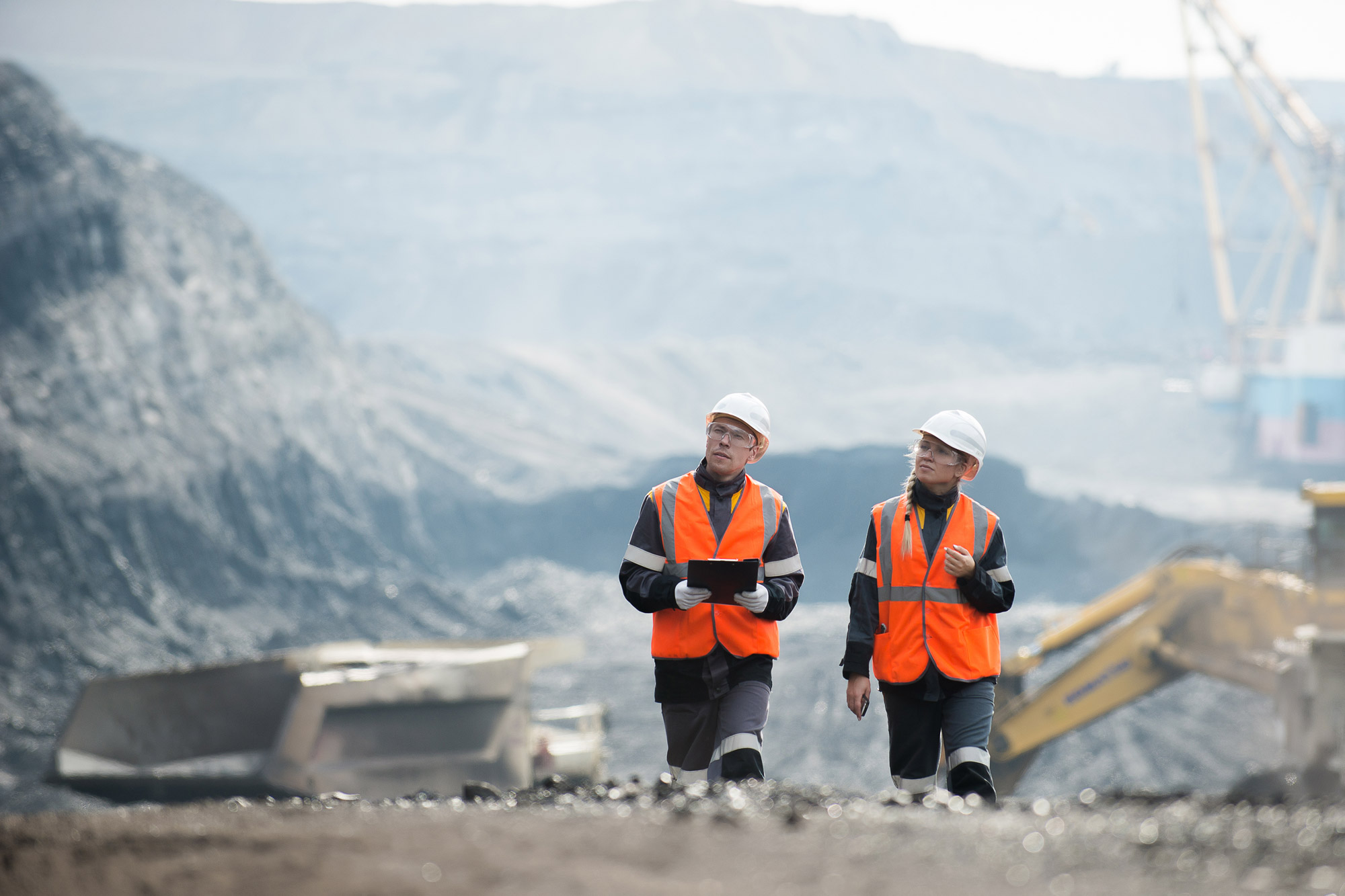Feature
Growing robotics sector will plug mining talent gap
The rapidly evolving robotics sector will change the talent requirements of the mining industry, which is struggling with recruitment, writes Eve Thomas.

Automation will improve mine efficiency, according to the new report
The robotics industry will be worth $218bn by 2030, offering productivity and a solution to the talent shortage facing the global mining industry.
Service robots will be the “growth engine” of the robotics sector, according to GlobalData’s new Robotics in Mining report, which notes that: “With the mining industry under pressure to cut costs and enhance efficiency and safety, automation is a potential solution.”
Automation offers increased mine productivity as robotics streamline hauling, drilling, blasting and exploration processes.
The report particularly considers the role of tele-remote control, autonomous trucks and load haul dump (LHD) vehicles. It estimates that there were 1,032 in use worldwide in May 2023, with an estimated 41% of these in use in Australia.
Of this, it says: “Operating 24/7, these trucks optimise routes to minimise fuel consumption by 10% and increase productivity by up to 30%, while reducing the risk of accidents by 80%.”
It considers the example of BHP, which operates 367 autonomous trucks; as a result, the company has reported a 20% increase in productivity, a 20% reduction in operating costs and a 90% reduction in haul truck accidents.
On our podcast, Stefan Hrabar, co-founder of Emesent, a LiDAR mapping and data analytics solutions provider, discusses how automation will shape the future of mining.
The report also notes that: “Robotic technology surpasses human capabilities in performing tasks with precision, resulting in increased efficiency, reduced waste across mining operations, reduced machine damage, increased equipment lifetime and reduced staffing.”
As it grows, the robotics landscape is set to become increasingly varied, with exoskeletons, logistics robots, drones and consumer robots likely be the fastest-growing sectors, according to the report. Set to grow at a compound annual growth rate (CAGR) of 39% between 2022 and 2030, exoskeletons will grow most rapidly, followed by logistics robots, which will grow at a 22% CAGR.
The introduction of new robotics technology will help plug the talent gap in an industry facing a severe skills shortage and struggling to attract professionals.
In a 2023 McKinsey survey, 71% of respondents said that the talent shortage was an obstacle to their targets. The report notes that the focus on automation will result in “a shift towards tech talent”. However, it continues: “A routine workforce is still necessary. Mining companies must create open, inclusive and safe environments to make mining an aspirational industry for young talent.”
The report also says: “Mine productivity, one of the main concerns within the industry, is significantly improved by robotics. Robotics plays a crucial role in various operations such as hauling, drilling, blasting and exploration. Commonly deployed robots include autonomous trucks, drilling robots and robotic conveyor systems.”
